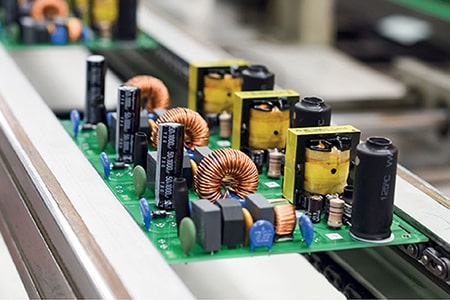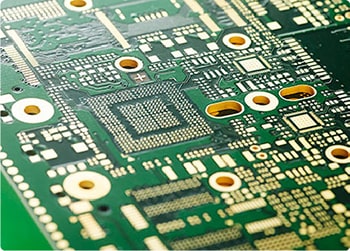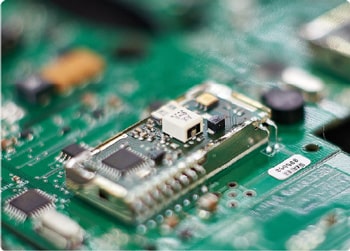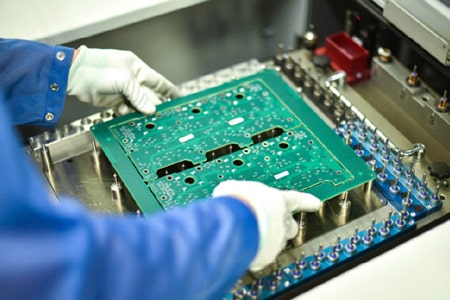How DFM Helps Your SMT Assembly Succeed
When it comes to SMT assembly, everyone wants stable yield, reliable performance, and smooth production. But achieving that depends on one thing that’s often overlooked — Design for Manufacturability (DFM).
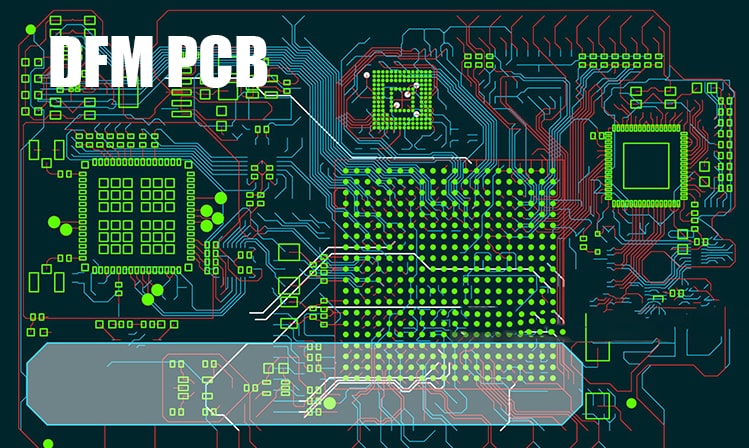
DFM is not just a checklist or a design rule. It’s the bridge that connects your PCB design to the real-world assembly line. Without it, even the best design may face production delays, rework, or costly failures. Let’s take a closer look at how DFM makes a real difference in SMT success.
1. Eliminating Assembly Barriers Before They Happen
A well-prepared DFM review identifies potential issues before your board ever reaches the line. For example, inconsistent pad sizes, misaligned vias, or uneven copper distribution can all affect soldering quality.
When our engineers review a new PCB project, we look for anything that could impact placement accuracy, reflow, or inspection. Catching these details early means less back-and-forth later — and more predictable delivery time.
2. Better Component Layout for Automated Assembly
Modern SMT lines are incredibly fast and precise, but they still rely on well-optimized layouts. Components placed too close to the board edge or silkscreen overlapping with pads can easily cause defects.
Through DFM optimization, we adjust spacing, rotation angles, and polarity markings to match real machine requirements. It helps avoid tombstoning, solder bridging, and other issues that are hard to fix after production starts.
3. Ensuring Solderability and Process Stability
Solder paste printing and reflow profiles are two of the most sensitive steps in SMT. DFM ensures pad geometries and stencil designs are well-suited for your component package types — from 0402s to BGAs.
For example, balancing thermal reliefs on large copper areas prevents uneven heating. It’s small details like these that directly affect solder joint strength and product reliability.
4. Reducing Cost Through Fewer Revisions
Every redesign costs time and money. A solid DFM process minimizes trial-and-error and gives both the design team and the manufacturer clear direction.
By addressing manufacturability early, you reduce scrap rates and improve first-pass yield — which translates directly into lower overall production cost and shorter lead time.
5. DFM Builds Long-Term Reliability
SMT is not just about getting parts soldered; it’s about ensuring those solder joints last. DFM considers not only the manufacturing stage but also long-term performance: thermal stress, vibration resistance, and service environment.
That’s why a good manufacturer always reviews DFM in the context of how the PCB will be used, not just how it’s made.
In today’s fast-paced electronics industry, success doesn’t come just from design innovation — it comes from manufacturable design.
At PCBAmake, we integrate DFM into every SMT and PCB assembly project we handle. Our engineers work closely with clients to make sure every design runs smoothly through production, from prototype to full-scale manufacturing.
Because at the end of the day, a design that’s easy to manufacture is a design that’s built to succeed.

